Zorich - Mathematical Analysis I
Here you can read online Zorich - Mathematical Analysis I full text of the book (entire story) in english for free. Download pdf and epub, get meaning, cover and reviews about this ebook. City: Berlin;Heidelberg, year: 2016, publisher: Springer Berlin Heidelberg, genre: Science. Description of the work, (preface) as well as reviews are available. Best literature library LitArk.com created for fans of good reading and offers a wide selection of genres:
Romance novel
Science fiction
Adventure
Detective
Science
History
Home and family
Prose
Art
Politics
Computer
Non-fiction
Religion
Business
Children
Humor
Choose a favorite category and find really read worthwhile books. Enjoy immersion in the world of imagination, feel the emotions of the characters or learn something new for yourself, make an fascinating discovery.
- Book:Mathematical Analysis I
- Author:
- Publisher:Springer Berlin Heidelberg
- Genre:
- Year:2016
- City:Berlin;Heidelberg
- Rating:5 / 5
- Favourites:Add to favourites
- Your mark:
Mathematical Analysis I: summary, description and annotation
We offer to read an annotation, description, summary or preface (depends on what the author of the book "Mathematical Analysis I" wrote himself). If you haven't found the necessary information about the book — write in the comments, we will try to find it.
Zorich: author's other books
Who wrote Mathematical Analysis I? Find out the surname, the name of the author of the book and a list of all author's works by series.


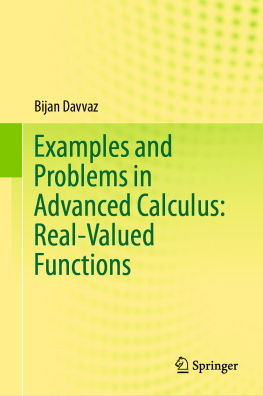
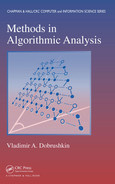

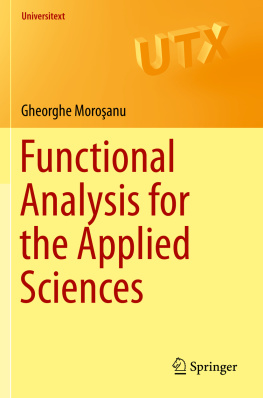

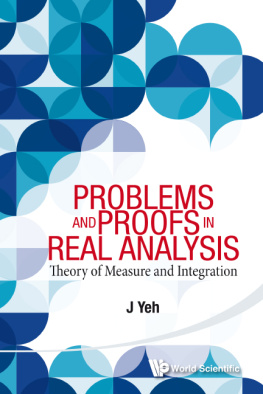
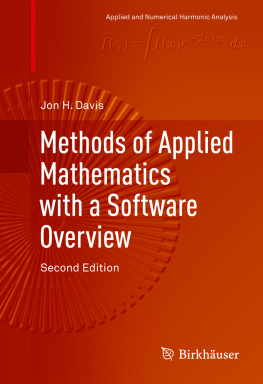

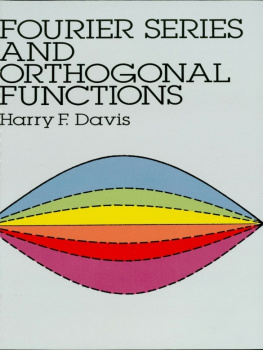
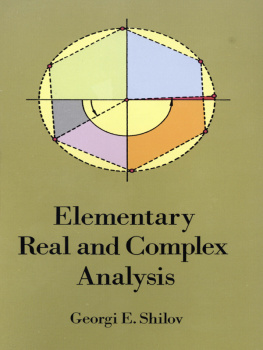
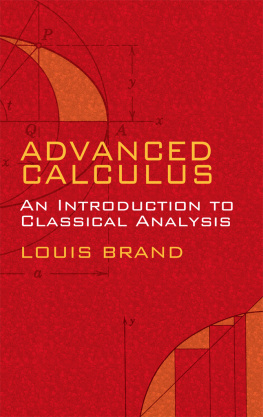
 , , , , and to denote respectively negation ( not ) and the logical connectives and , or , implies , and is equivalent to .
, , , , and to denote respectively negation ( not ) and the logical connectives and , or , implies , and is equivalent to . ,
,  ,
,  .
. 
 should be interpreted as
should be interpreted as  , and the relation
, and the relation  as
as  , not as
, not as  .
. , which means that
, which means that  implies
implies  , or, what is the same, that
, or, what is the same, that  follows from
follows from  , saying that
, saying that  is a necessary criterion or necessary condition for
is a necessary criterion or necessary condition for  and
and  in turn is a sufficient condition or sufficient criterion for
in turn is a sufficient condition or sufficient criterion for  , so that the relation
, so that the relation  can be read in any of the following ways:
can be read in any of the following ways:  is necessary and sufficient for
is necessary and sufficient for  ;
; holds when
holds when  holds, and only then;
holds, and only then; if and only if
if and only if  ;
; is equivalent to
is equivalent to  .
. means that
means that  implies
implies  and simultaneously
and simultaneously  implies
implies  .
. requires no explanation.
requires no explanation. the conjunction
the conjunction  is not exclusive, that is, the statement
is not exclusive, that is, the statement  is regarded as true if at least one of the statements
is regarded as true if at least one of the statements  and
and  is true. For example, let
is true. For example, let  be a real number such that
be a real number such that  . Then we can write that the following relation holds:
. Then we can write that the following relation holds: 